Home>Garden Essentials>How To Grow Rye For Ground Cover
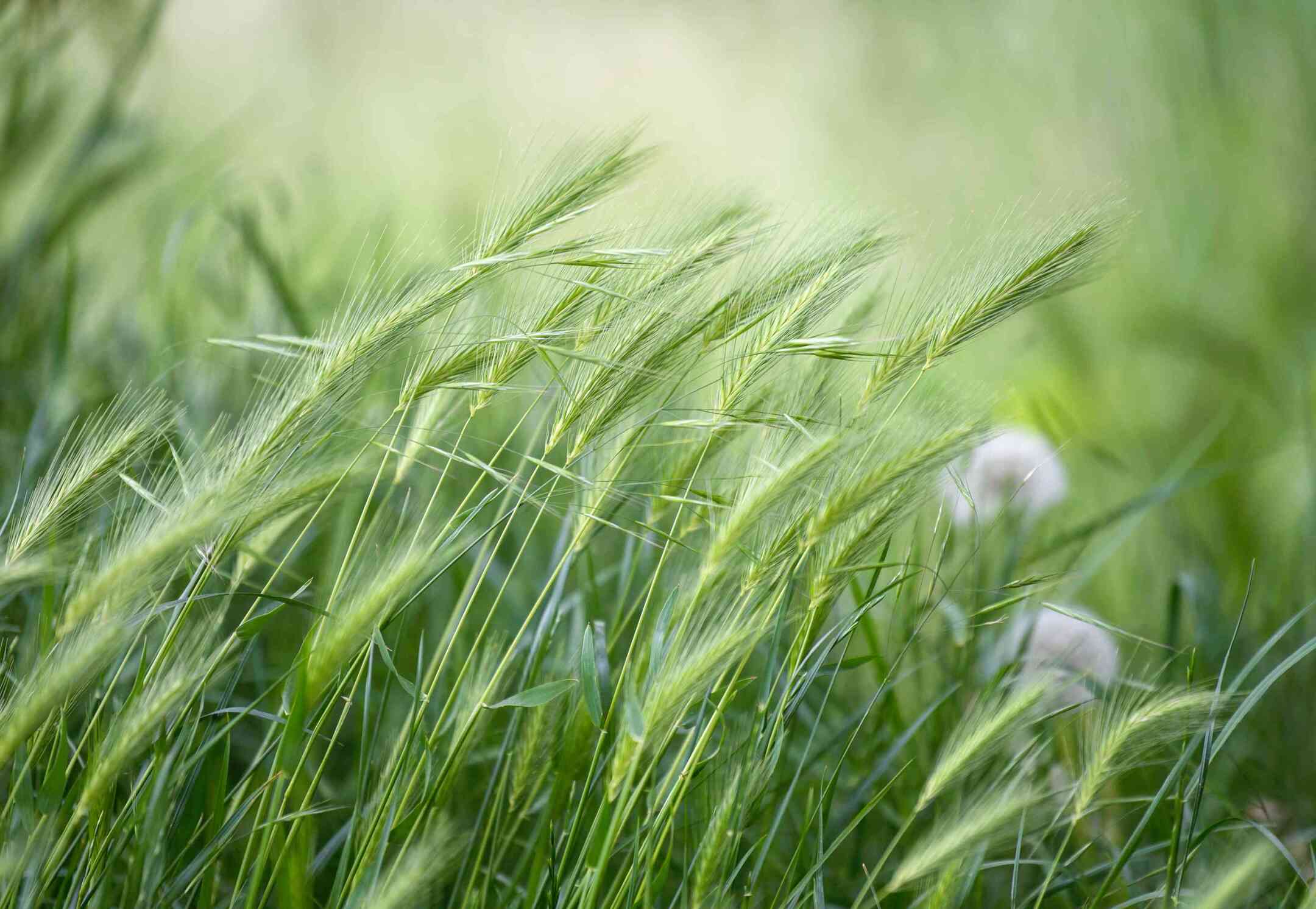

Garden Essentials
How To Grow Rye For Ground Cover
Modified: March 7, 2024
Learn how to effectively grow rye for ground cover in your garden and enjoy the benefits of this versatile plant.
(Many of the links in this article redirect to a specific reviewed product. Your purchase of these products through affiliate links helps to generate commission for Storables.com, at no extra cost. Learn more)
Introduction
Growing rye as a ground cover is a popular and practical solution for many gardeners. Rye, a versatile and hardy grain, offers a multitude of benefits when used as ground cover in a garden or landscape. It not only helps control erosion but also suppresses weed growth, improves soil health, and adds aesthetic appeal to the space.
Whether you have a small backyard garden or a larger landscape, incorporating rye as a ground cover can be a wise choice. In this article, we will explore the benefits of using rye as ground cover, how to choose the right rye variety, preparing the soil for planting, seeding techniques, caring for rye, and harvesting rye for ground cover. So, let’s dive in and discover the wonderful world of rye as a ground cover!
Key Takeaways:
- Rye as ground cover controls erosion, suppresses weeds, and improves soil health. It’s easy to grow and adds beauty to your garden or landscape. Get ready to enjoy its benefits!
- Choose the right rye variety, prepare the soil, and follow proper seeding and care techniques for successful rye ground cover. Harvesting rye offers options for grain production or composting.
Read more: How To Grow Moss As Ground Cover
Benefits of Using Rye as Ground Cover
Using rye as a ground cover in your garden or landscape can have numerous advantages. Let’s explore some of the key benefits:
- Soil Erosion Control: Rye has an extensive root system that helps bind the soil together, reducing erosion caused by wind and water. This is especially crucial on slopes or bare areas where soil erosion is a concern.
- Weed Suppression: Rye is an excellent option for suppressing weeds. Its dense growth and shading ability limit sunlight from reaching weed seeds, preventing them from germinating and competing with desirable plants. This can significantly reduce the need for herbicides and time spent weeding.
- Improved Soil Health: As rye grows, it adds organic matter to the soil when it decomposes. This organic matter increases soil fertility, improves nutrient retention, enhances water infiltration, and promotes beneficial microbial activity. Over time, this can result in healthier, more productive soil.
- Aesthetically Pleasing: Rye’s lush green foliage adds beauty and visual appeal to the landscape. It can create a uniform carpet-like appearance that enhances the overall look of the garden, especially during winter when many other plants are dormant.
- Quick Establishment: Rye is known for its rapid establishment, making it an ideal choice for filling in bare areas quickly. It germinates and starts growing within a week or two, providing fast coverage and protection against soil erosion and weed competition.
- Nitrogen Fixation: Certain varieties of rye have the ability to fix atmospheric nitrogen into the soil. This natural process helps increase soil fertility and reduces the need for synthetic nitrogen fertilizer.
With these benefits in mind, it’s clear why rye is a popular choice for ground cover in gardens and landscapes. It not only provides practical solutions for erosion control and weed suppression but also improves soil health and enhances the visual appeal of the space. Now that we understand the advantages of using rye as ground cover, let’s move on to selecting the right rye variety.
Choosing the Right Rye Variety
When it comes to choosing the right rye variety for your ground cover needs, there are a few factors to consider. Each variety has its own characteristics and performs best in specific conditions. Here are some considerations to keep in mind:
- Winter Rye vs. Spring Rye: Rye is classified as either winter or spring rye, depending on when it is planted. Winter rye is typically more cold-tolerant and is sown in the fall, while spring rye is planted in early spring. Select the variety that suits your planting time and climate.
- Growth Habit: Rye varieties can have different growth habits, such as erect or prostrate. Prostrate varieties spread and provide better ground coverage, making them a good choice for erosion control. Erect varieties may be better for taller ground cover or for a more uniform appearance.
- Pest and Disease Resistance: Some rye varieties are bred to be more resistant to pests and diseases. Consider selecting varieties with good resistance if you have had issues with specific pests or diseases in your area.
- Forage vs. Grain: Rye varieties can be classified as either forage or grain types. Forage rye is primarily grown for animal feed, while grain rye is cultivated for human consumption or soil improvement. If you plan to harvest the rye for grain or want to include it in your culinary endeavors, choose a grain variety.
- Local Recommendations: Consult with local agricultural extensions or experienced gardeners in your area to get recommendations on rye varieties that have performed well in your specific region.
When selecting the right rye variety, consider your specific needs, climate, growth habit preferences, and any known challenges in your area. By doing so, you can maximize the benefits of using rye as ground cover in your garden or landscape. Once you have chosen the variety, it’s time to prepare the soil for planting.
Preparing the Soil for Rye Planting
Before planting rye as ground cover, it’s important to ensure that the soil is adequately prepared to provide optimal conditions for germination and growth. Follow these steps to prepare the soil:
- Clear the area: Remove any existing vegetation, including weeds and grass, from the area where you plan to plant rye. Use a shovel or a tiller to break up the soil and remove any large debris.
- Test the soil: Conduct a soil test to determine its pH level and nutrient content. Rye prefers a soil pH range of 6 to 7. If the pH is too low, you may need to add lime to raise it. If it’s too high, you can amend the soil with sulfur or peat moss to lower the pH. A soil test will also help identify any nutrient deficiencies that need to be addressed.
- Amend the soil: Based on the soil test results, add necessary amendments to the soil to improve its fertility and structure. Organic matter such as compost or well-rotted manure can be incorporated to enhance soil structure, increase nutrient content, and improve water-holding capacity.
- Loosen the soil: Use a garden fork or a tiller to loosen the soil to a depth of 4 to 6 inches (10 to 15 cm). This will allow the rye’s roots to penetrate easily and promote better nutrient absorption.
- Level and smooth the surface: Rake the soil to level the surface and remove any clumps or rocks. A smooth surface will make it easier for the rye seeds to make good soil contact during planting.
- Provide drainage: Ensure that the planting area has proper drainage. If the soil is compacted or has poor drainage, consider incorporating organic matter or installing drainage tiles to improve the drainage system.
By properly preparing the soil, you can create the best environment for rye seed germination and growth. Adequate nutrients, proper pH balance, and good soil structure will support the development of healthy and vigorous rye plants. Once the soil is prepared, it’s time to move on to the next step: seeding rye for ground cover.
Plant rye seeds in the fall for best results. Rye grows quickly and can help prevent erosion and suppress weeds. It also adds organic matter to the soil when it decomposes.
Seeding Rye for Ground Cover
Seeding rye for ground cover involves careful planning and proper technique to ensure successful establishment. Here are the steps to follow when seeding rye:
- Choose the right time: The timing of rye seed planting depends on whether you are using winter or spring rye. Winter rye should be planted in late summer or early fall, allowing it to establish before winter. Spring rye should be seeded in early spring, as soon as the soil can be worked and the risk of severe frost has passed.
- Prepare the seedbed: Rake the soil lightly to create a loose and level seedbed. This will provide good seed-to-soil contact and promote better germination.
- Sow the seeds: Broadcast the rye seeds evenly over the prepared seedbed. For large areas, you can use a spreader for more precise distribution. Aim to sow at a rate of around 1 to 1.5 pounds of rye seed per 1,000 square feet (0.46 to 0.69 kg per 93 square meters).
- Rake and lightly cover the seeds: Use a rake to lightly incorporate the seeds into the top layer of soil, ensuring they are covered with no more than 1/4 to 1/2 inch (0.6 to 1.3 cm) of soil. This will protect the seeds and help retain moisture during germination.
- Water the area: After seeding, water the area thoroughly but gently to moisten the soil. Keep the soil moist but not saturated during the germination period. Ideally, the soil should be consistently moist, so monitor the moisture levels regularly and water as needed.
- Provide maintenance: As the rye starts to grow, ensure it receives adequate sunlight and water. Monitor for any signs of weeds and remove them promptly to prevent competition with the rye. Depending on your situation, you may also consider fertilizing the rye to support its growth.
- Monitor growth: Rye typically germinates within 7 to 14 days, depending on the growing conditions. Once the rye plants reach a height of a few inches, they will form a dense cover that helps reduce weed growth and control erosion.
By following these steps, you can successfully seed rye for ground cover. With proper timing, seeding technique, and ongoing care, you’ll soon have a thriving rye ground cover that provides all the benefits it has to offer. Next, let’s explore how to care for rye as ground cover to ensure its continued success.
Read more: Sweet Woodruff: How To Grow Ground Cover
Caring for Rye as Ground Cover
Once rye has been successfully established as ground cover, it requires some care to maintain its health and effectiveness. Here are some essential tips for caring for rye as ground cover:
- Watering: Rye generally has good drought tolerance, but it still requires regular watering, especially during dry periods. Water the rye deeply and infrequently, providing about 1 inch (2.5 cm) of water every 7-10 days, depending on weather conditions and soil moisture levels. This will encourage deep root growth and overall plant health.
- Monitoring weeds: While rye does a good job of suppressing weeds, it’s important to monitor the area for any weed growth. Remove any weeds promptly to prevent them from competing with the rye for nutrients and space. Hand-pulling is usually sufficient for small areas, but herbicides may be necessary for larger infestations (be sure to follow the label instructions carefully).
- Regular mowing: Mowing rye can help maintain its height and prevent it from becoming too tall and floppy. Aim to keep the rye at a height of around 6-8 inches (15-20 cm). Regular mowing not only improves its appearance but also encourages denser growth and helps control weed development.
- Fertilization: Depending on the soil conditions and rye growth, fertilization may be beneficial. Conduct regular soil tests to monitor nutrient levels and adjust fertilization accordingly. Organic fertilizers or slow-release fertilizers can be applied in early spring to support rye growth and overall health.
- Consider crop rotation: If you plan to utilize the area for vegetable or flower beds in the future, consider rotating the rye ground cover with other crops to prevent the buildup of pests and diseases. Alternate the planting area every few years to maintain soil health and reduce the risk of pest and disease issues.
- Monitor for pests and diseases: Although rye is generally resistant to many common pests and diseases, it’s still important to keep an eye out for any signs of trouble. Common issues to watch for include aphids, rust, and fungal diseases. Treat any problems promptly using appropriate organic or chemical methods, if necessary.
By following these care tips, you can ensure the continued success of your rye ground cover. With proper watering, weed control, mowing, and occasional fertilization, your rye ground cover will thrive and provide all the benefits it offers. Finally, let’s move on to the last step: harvesting rye for ground cover.
Harvesting Rye for Ground Cover
While rye is primarily grown as a ground cover, there may come a time when you want to harvest it for various purposes, such as grain production or composting. Here are some guidelines to follow when harvesting rye for ground cover:
- Timing: Determine the optimal time to harvest the rye based on your intended use. For grain production, wait until the rye heads have fully matured and turned a golden brown color. If you plan to use the harvested plants for compost, cut them at a younger stage when they are still green and have maximum nutrient content.
- Harvesting method: Depending on the size of your planting area, you can harvest rye by hand or with the help of gardening tools. For small areas, use hand tools such as sickles or scythes to cut the rye at the base. For larger areas, consider using a lawnmower or a trimmer with a cutting attachment.
- Bundle and dry: Once harvested, bundle the rye stalks into manageable sheaves and tie them together with twine or rubber bands. Hang the bundles in a dry, well-ventilated area, such as a shed or garage, to allow the rye to dry completely.
- Threshing and winnowing: To extract the grain from the harvested rye plants, thresh the dried bundles by beating them against a hard surface or using a threshing machine. Once the grains have been separated from the stalks, winnow them by tossing them into the air on a windy day. The lighter chaff will blow away, leaving behind the heavier grains.
- Storage: Store the harvested rye grain in a cool, dry place in airtight containers to protect it from moisture and pests. If you plan to use the rye as compost, create a separate compost pile and add the harvested plants, along with other organic matter, to decompose and enrich the compost.
It’s important to note that if you are harvesting rye for ground cover, you may lose the benefits of erosion control and weed suppression temporarily until the ground is reestablished with new rye growth. Therefore, consider carefully whether the benefits of harvesting outweigh those of keeping the rye as ground cover.
By following these guidelines for harvesting rye, you can successfully utilize the plants for grain production or composting while still maintaining the overall health and aesthetics of your garden or landscape. With proper timing and handling, you can make the most of your rye plants and enjoy the rewards they offer.
With all these steps and considerations, you are now equipped with the knowledge to successfully grow rye as ground cover. Whether you want to prevent erosion, control weeds, improve soil health, or add beauty to your outdoor space, rye is a versatile option that can fulfill all these functions. So, get ready to embark on your rye-growing journey and enjoy the benefits it brings to your garden or landscape!
Frequently Asked Questions about How To Grow Rye For Ground Cover
Was this page helpful?
At Storables.com, we guarantee accurate and reliable information. Our content, validated by Expert Board Contributors, is crafted following stringent Editorial Policies. We're committed to providing you with well-researched, expert-backed insights for all your informational needs.
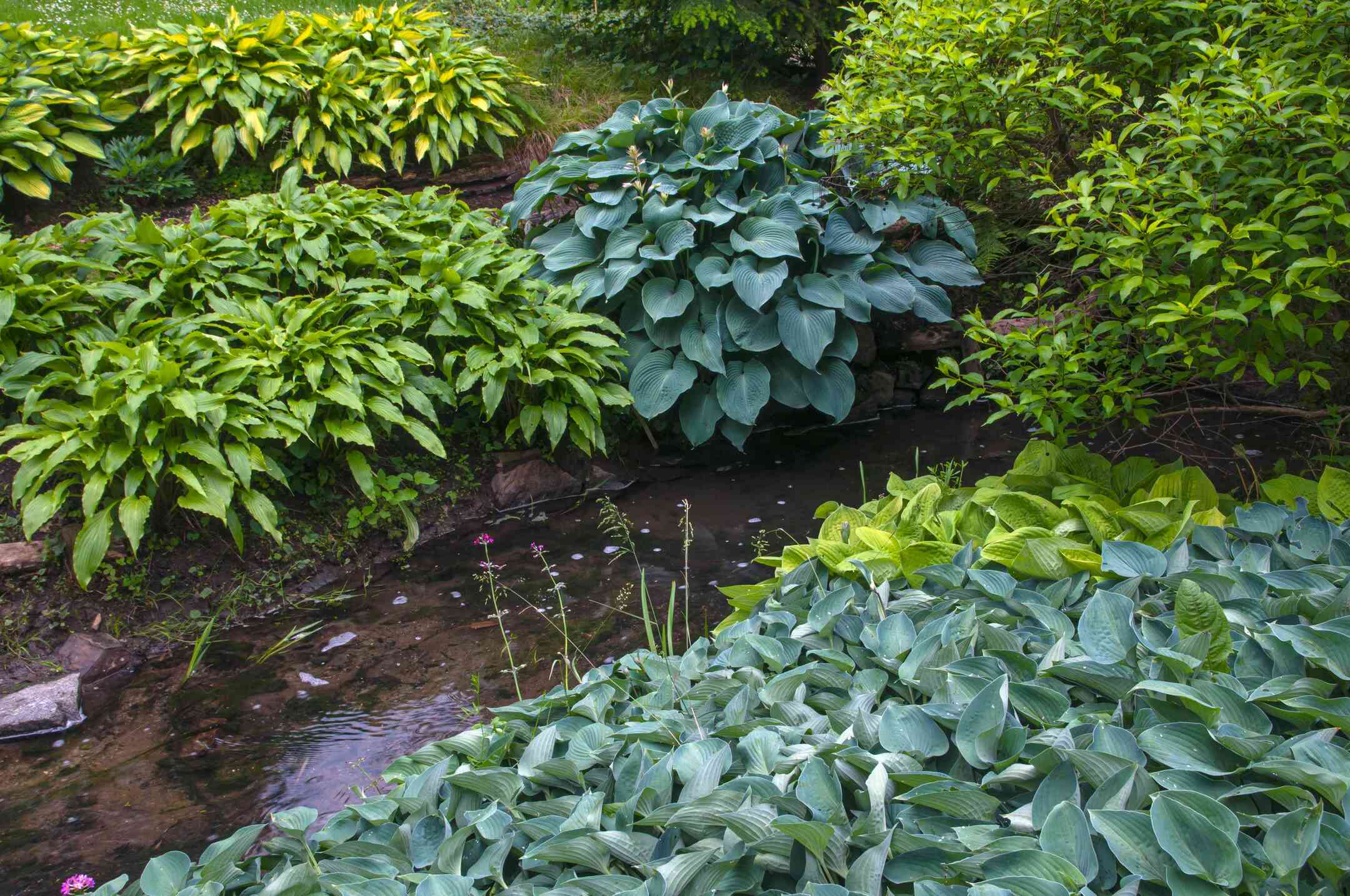
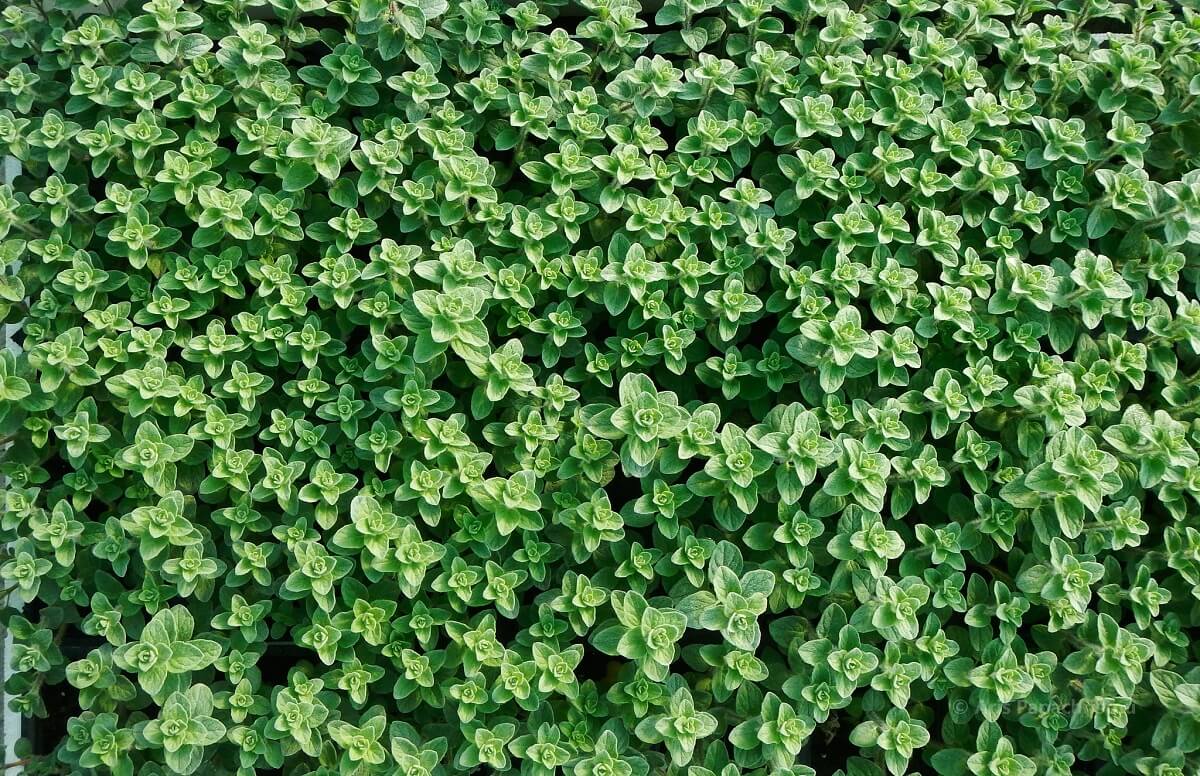
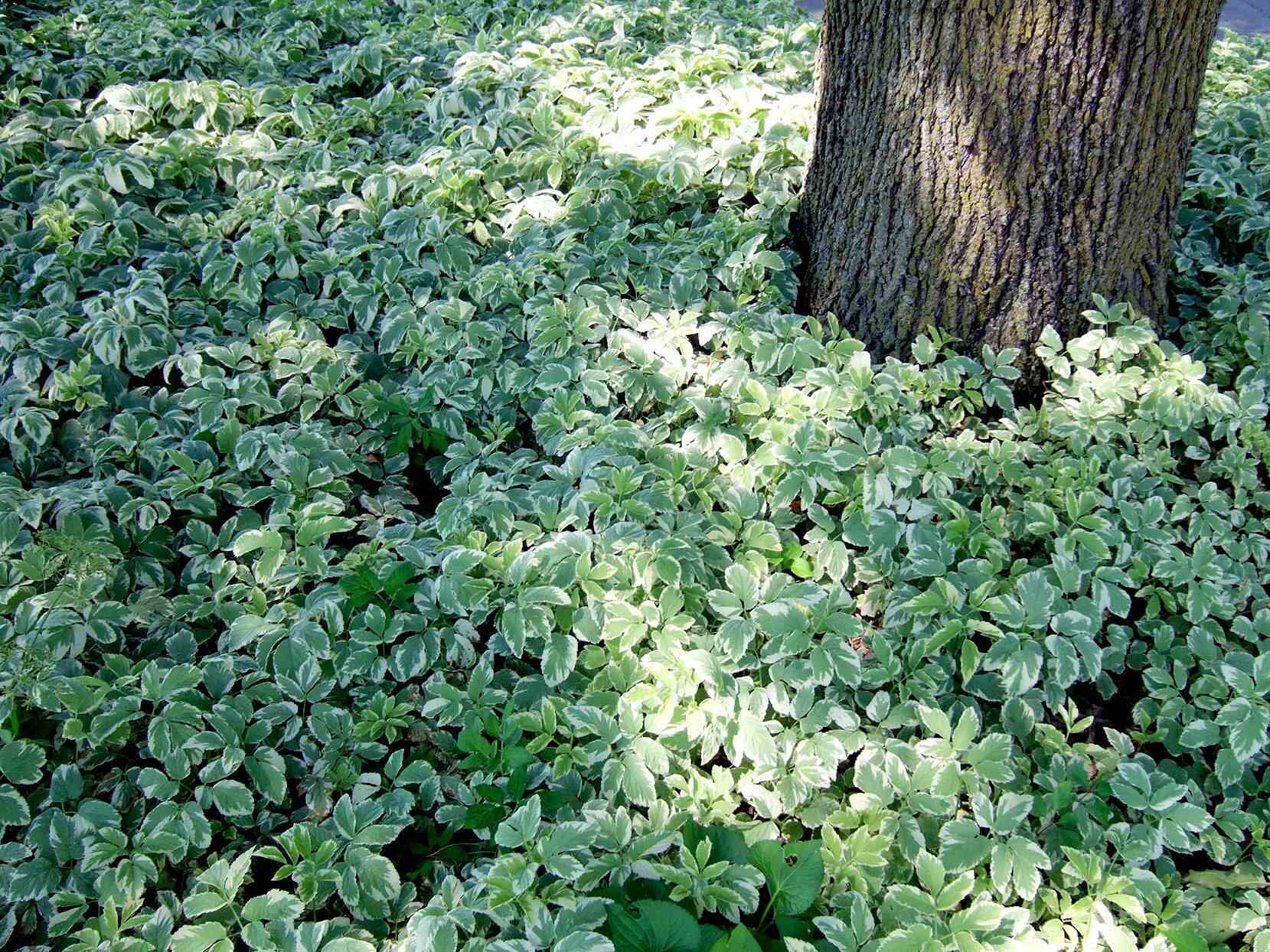
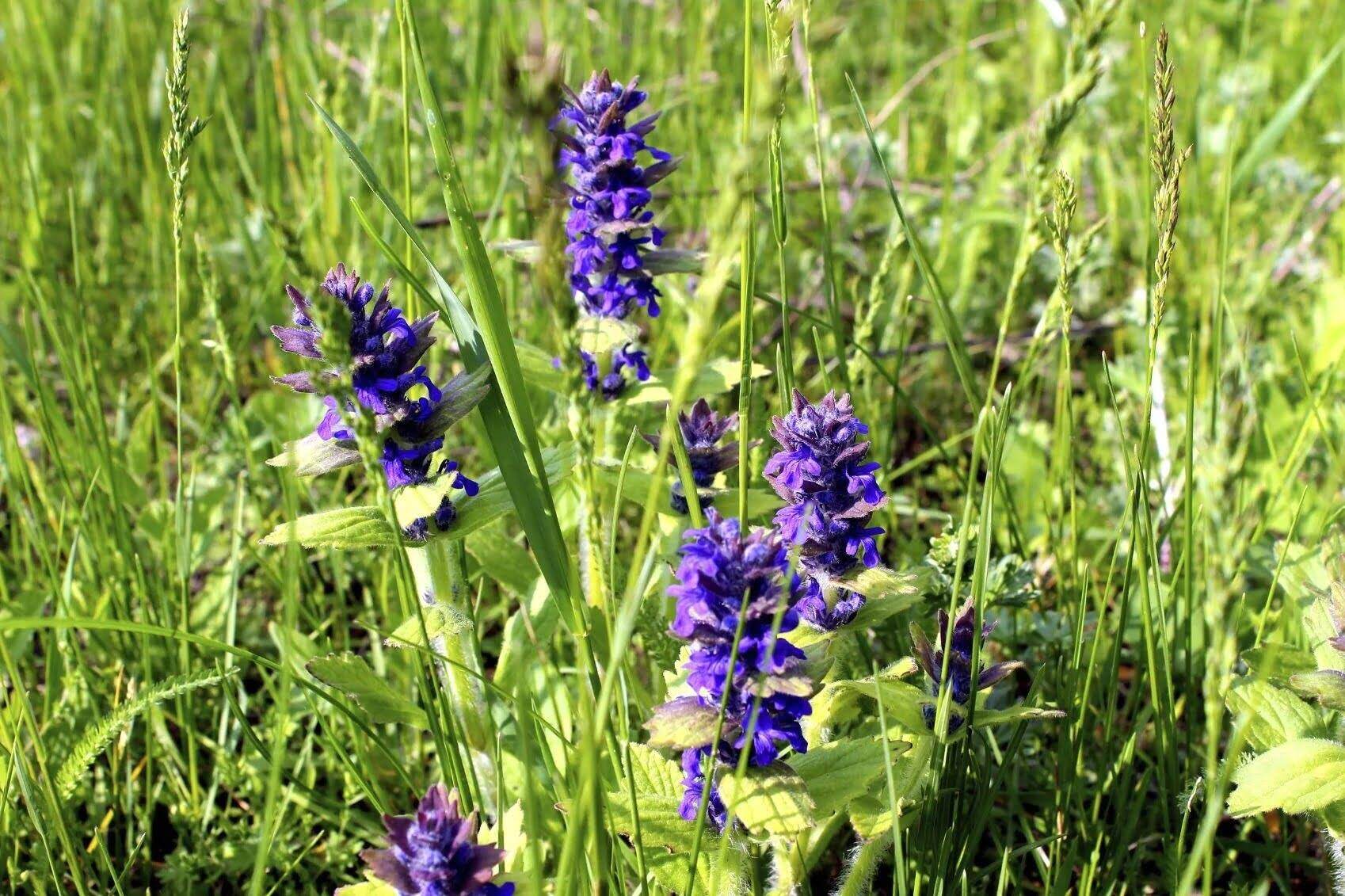
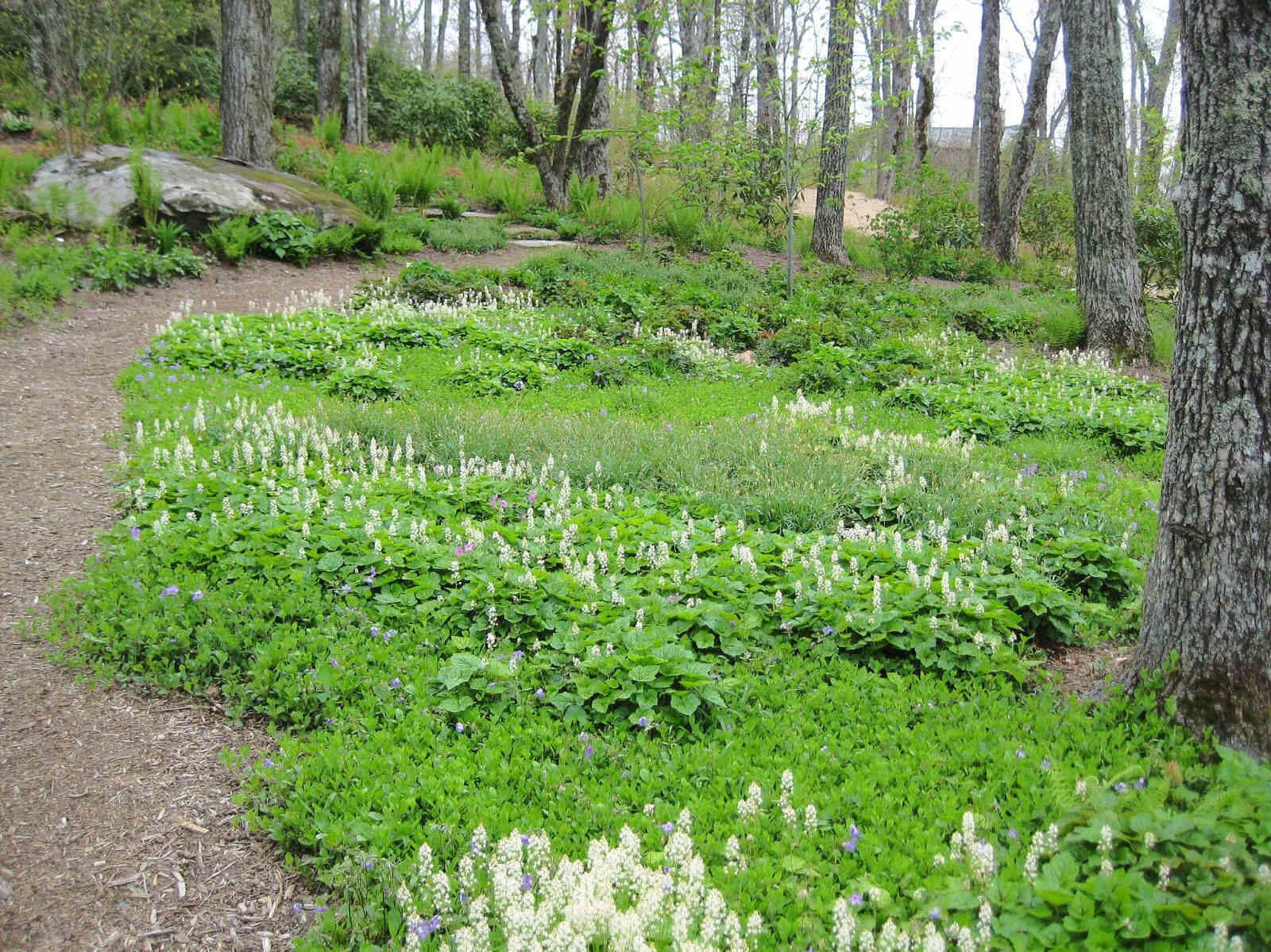
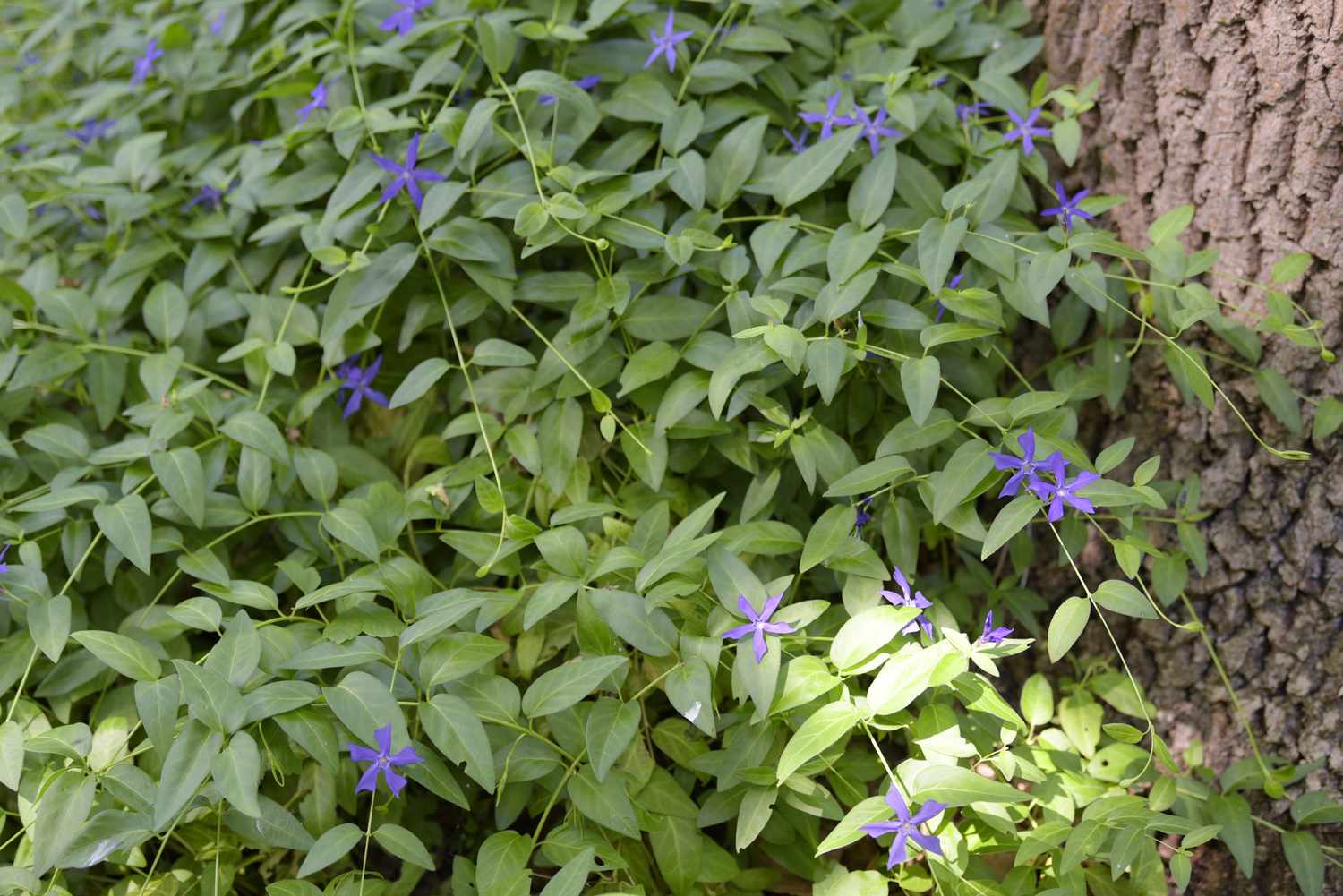
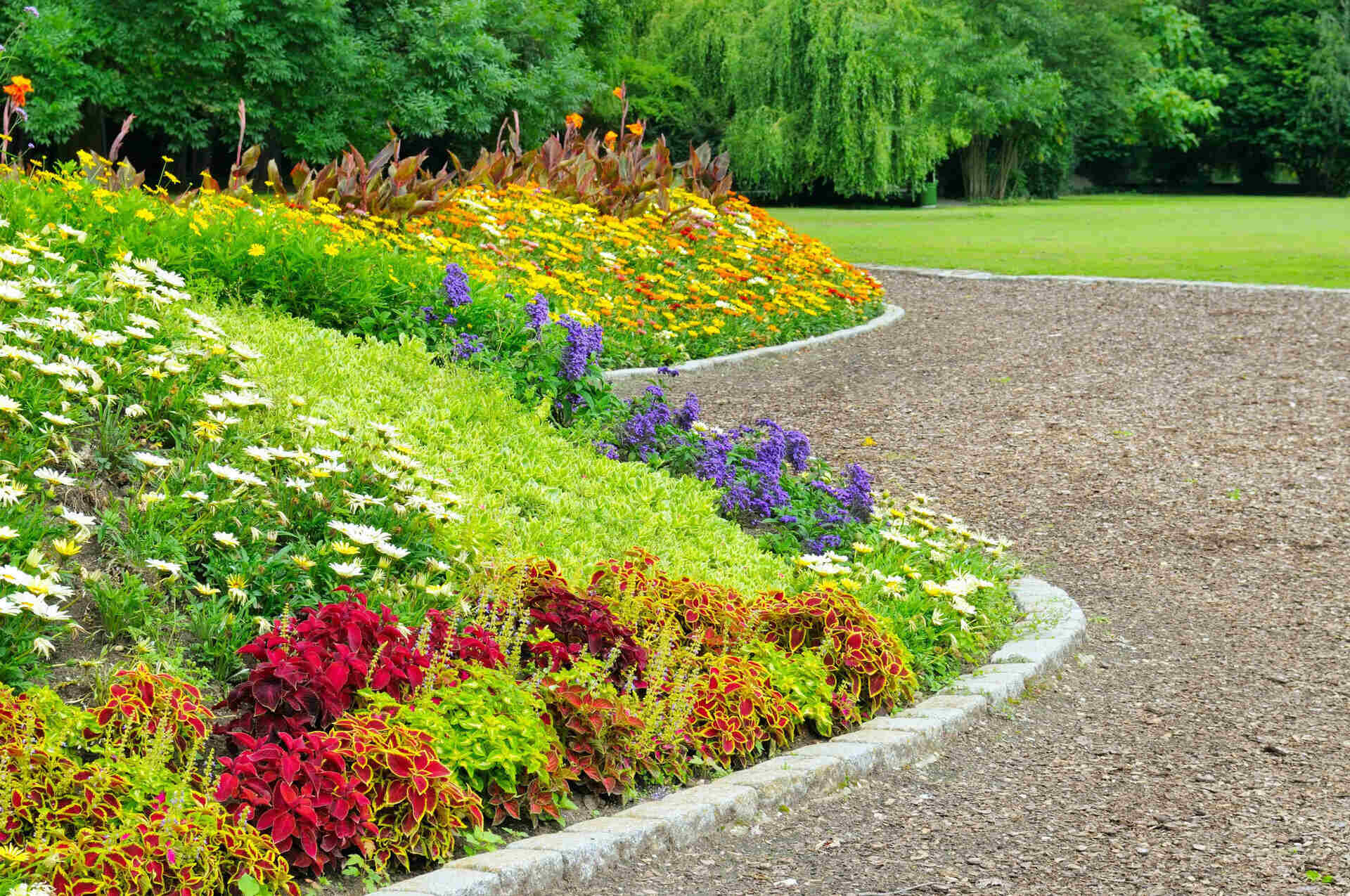
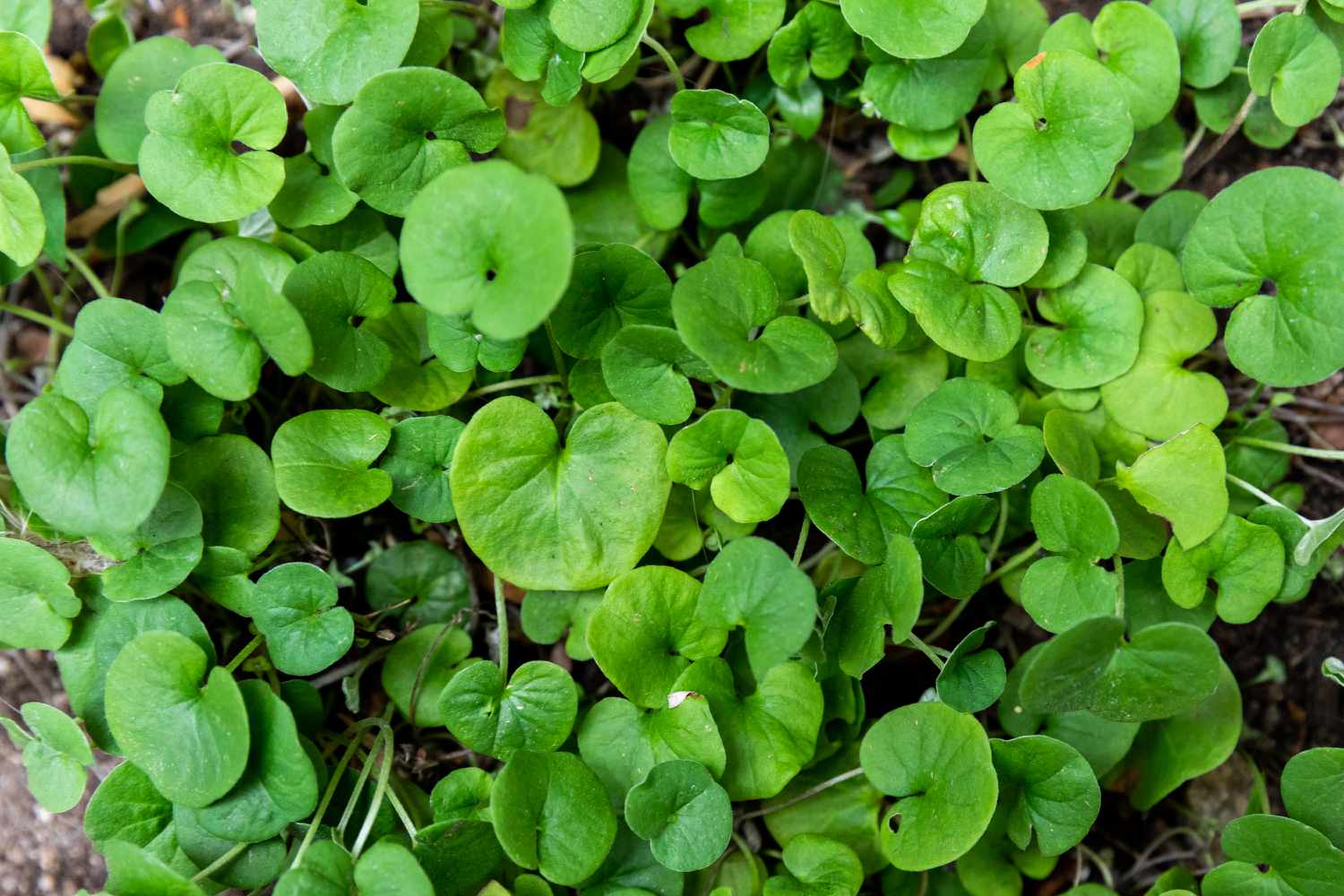
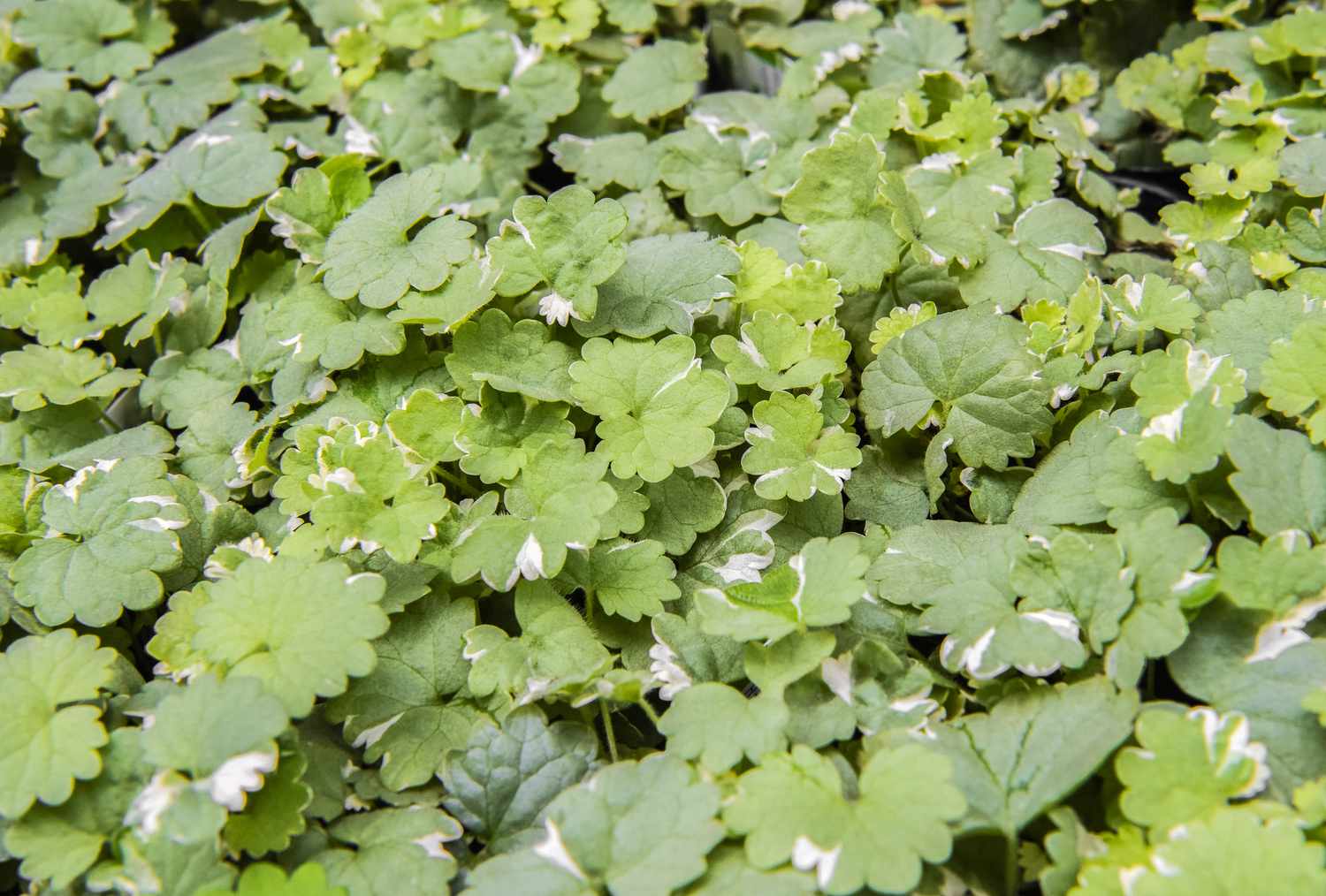
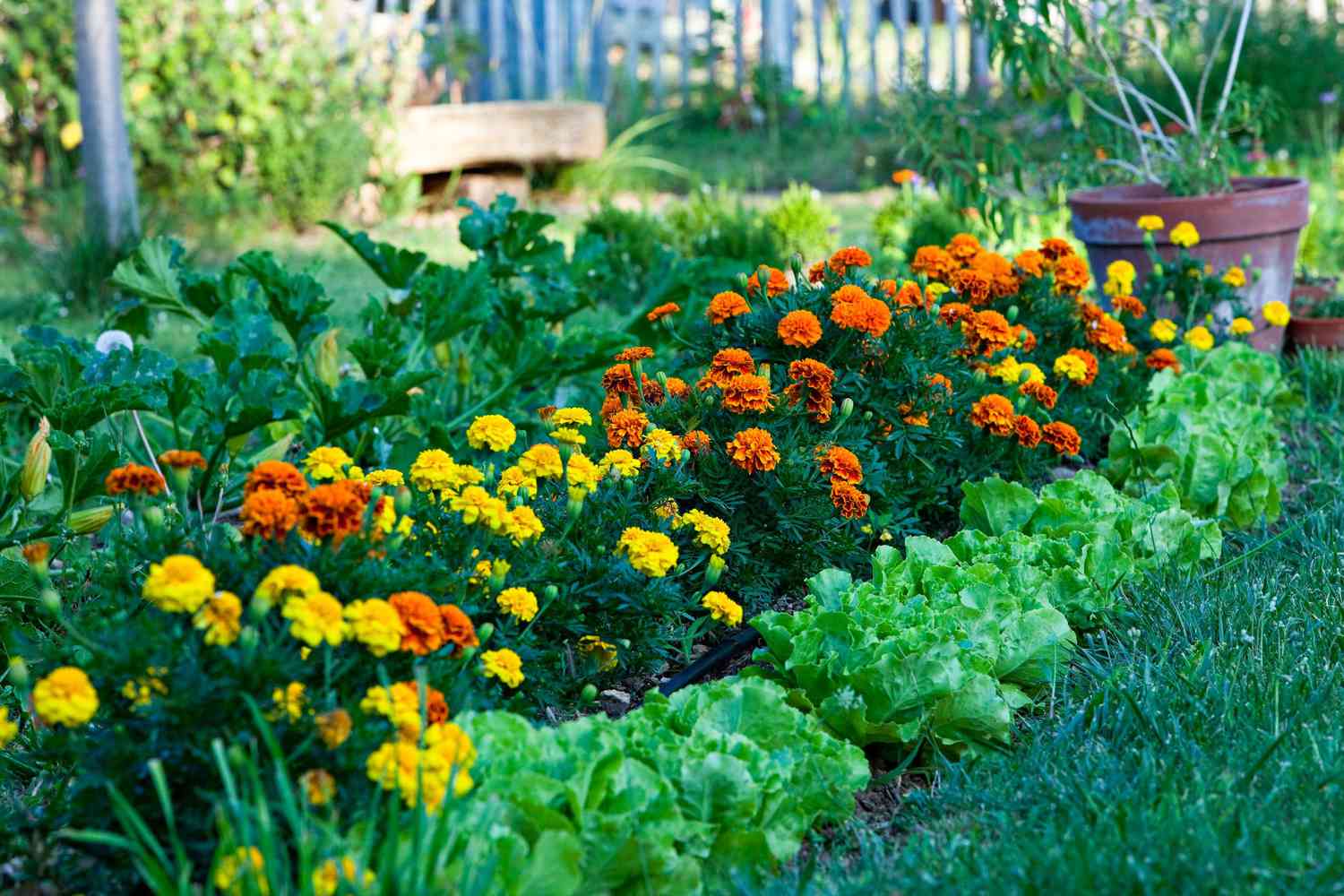
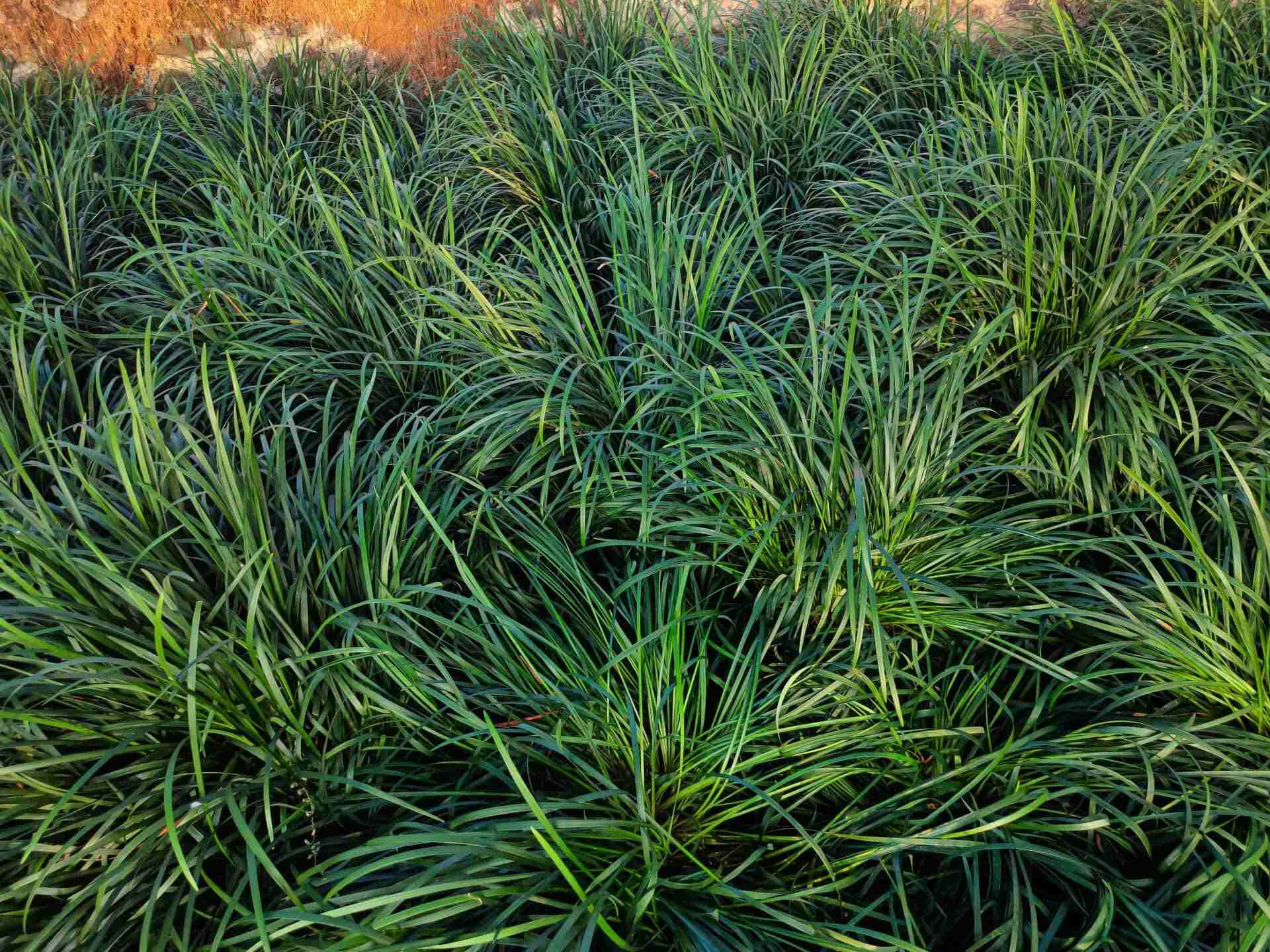

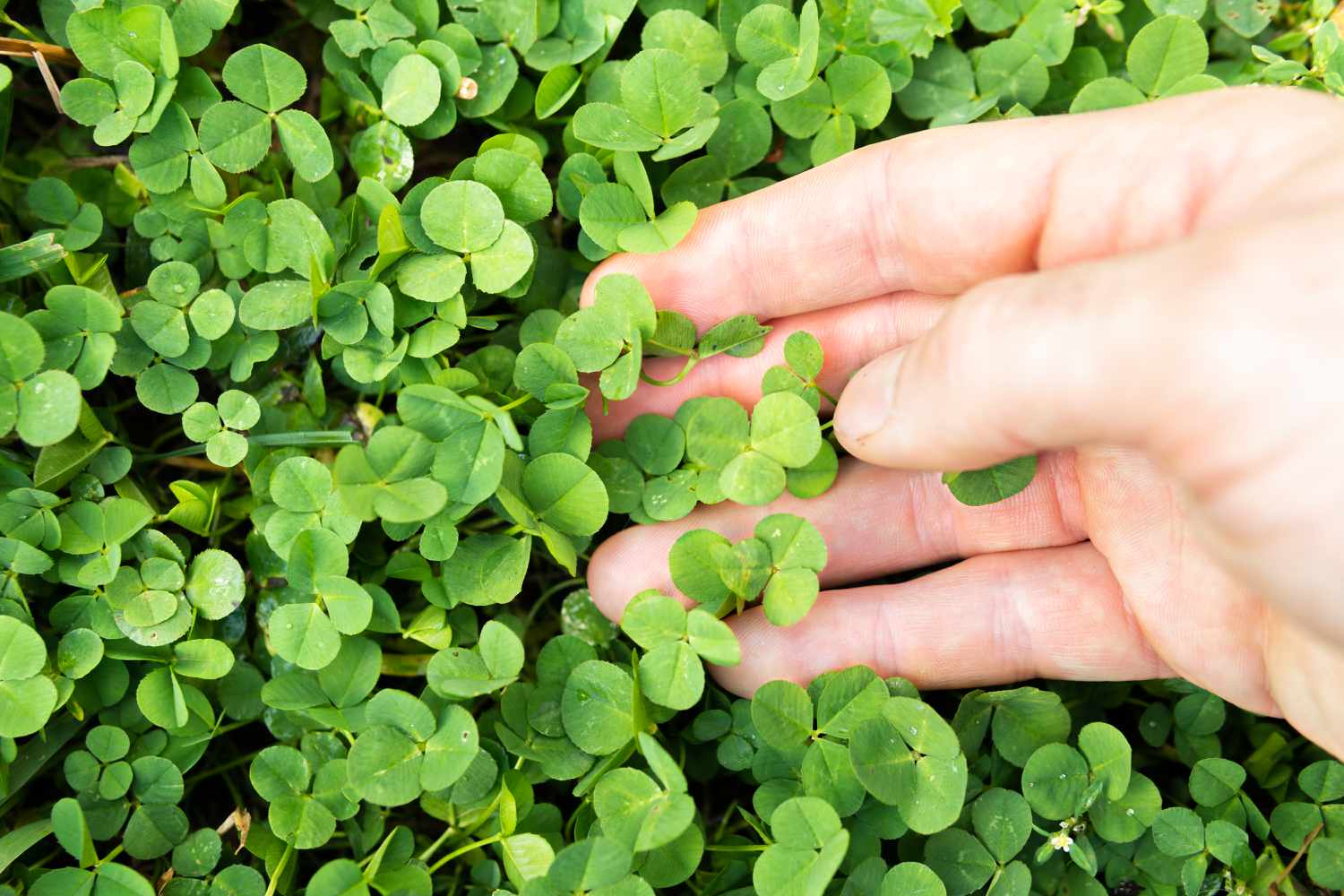
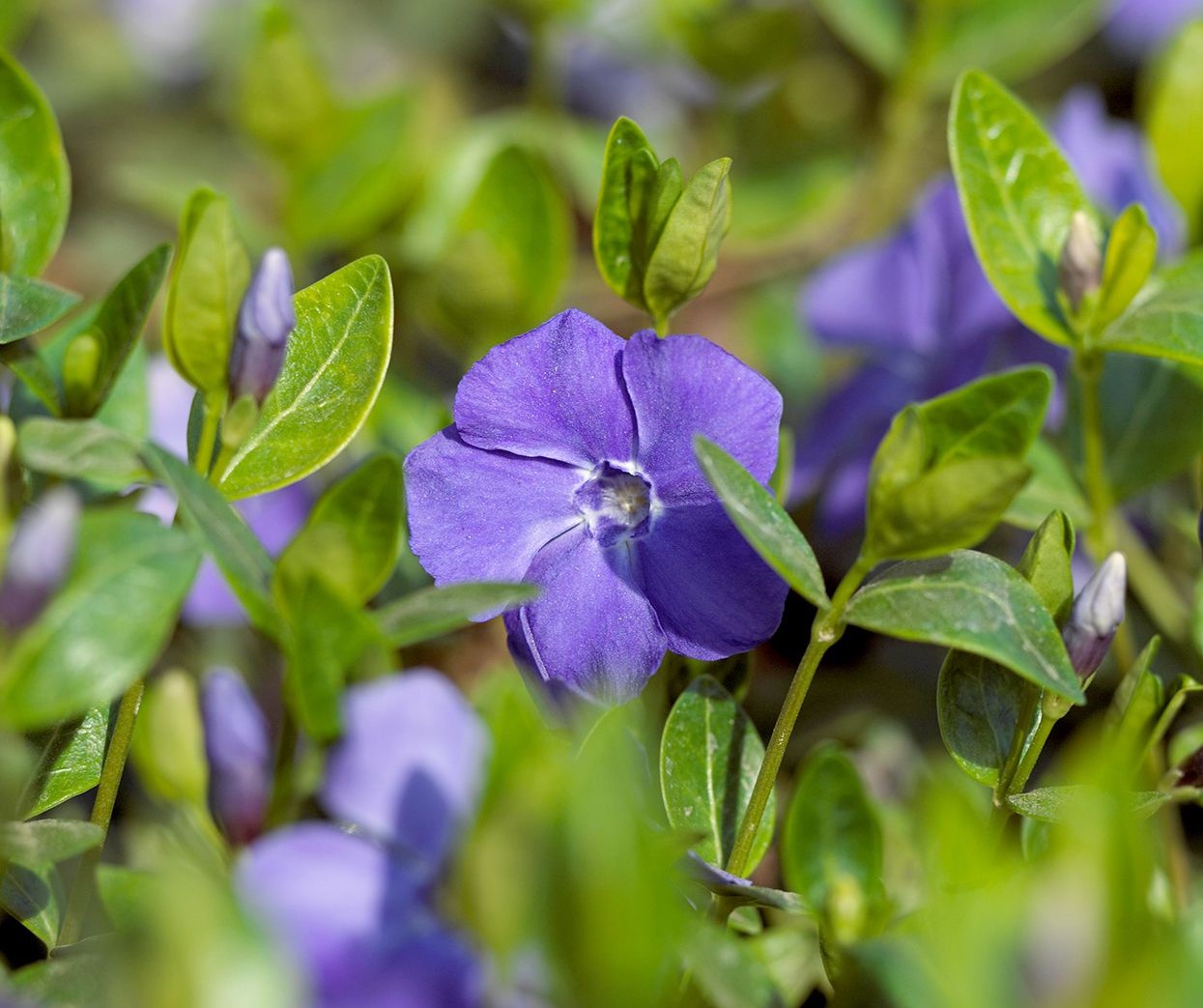

0 thoughts on “How To Grow Rye For Ground Cover”